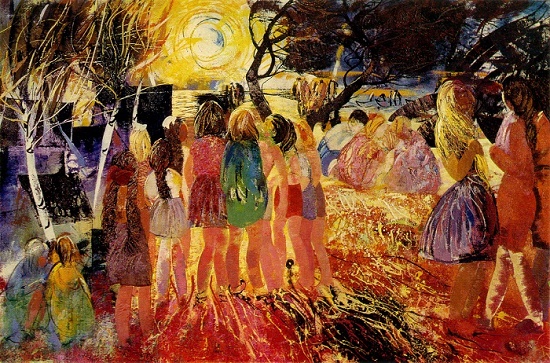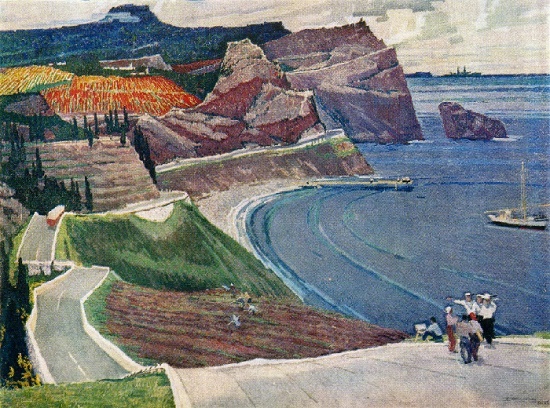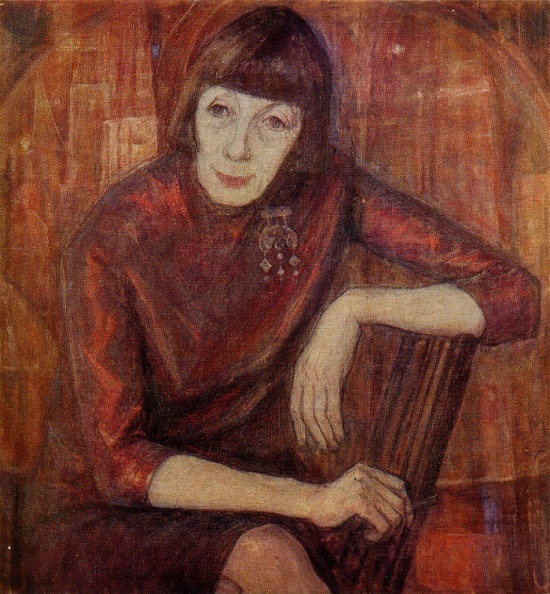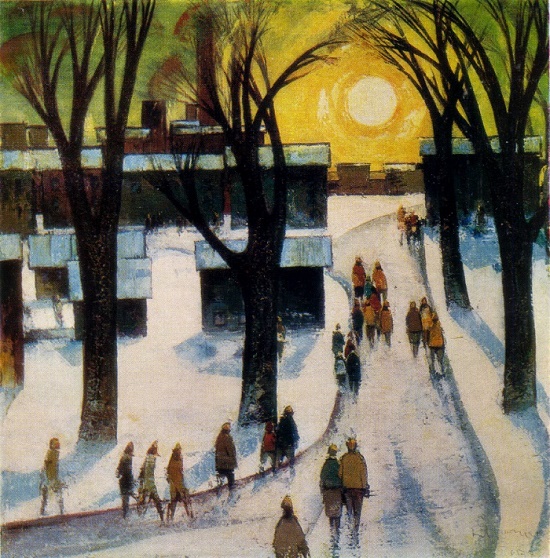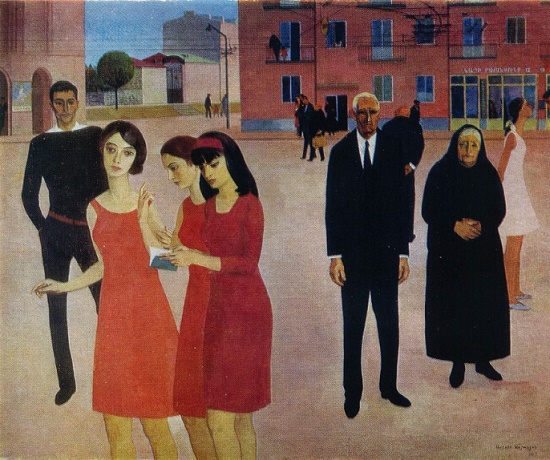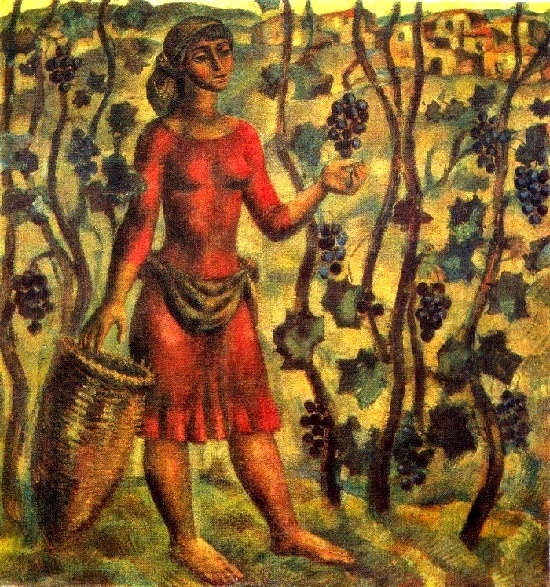Soviet artist Alexey Dmitrievich Sokolov 1912-2004
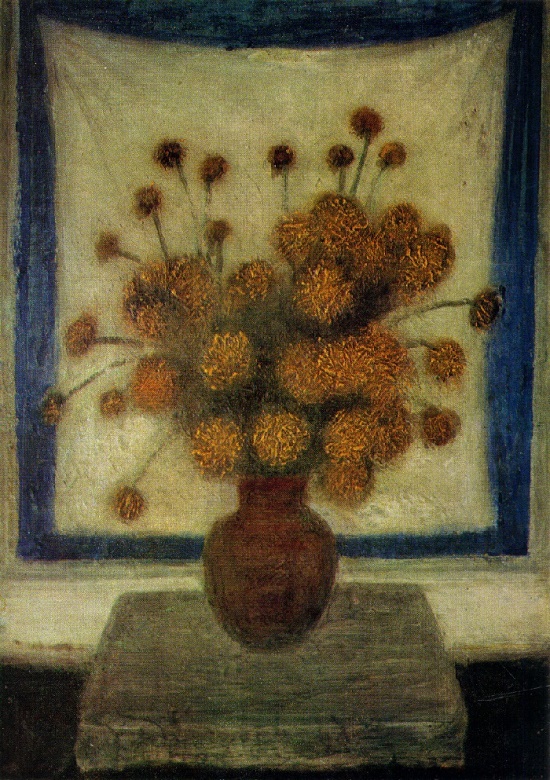
Gold balls. 1967. Canvas, tempera. State Russian Museum. Painting by Soviet artist Alexey Dmitrievich Sokolov (1912-2004)
Soviet artist Alexey Dmitrievich Sokolov (1912-2004) – a member of the USSR Union of Artists (1951) and veteran of WWII. He is the author of genre paintings, landscapes, portraits, and still lifes. Meanwhile, still life – not just a favorite genre in Sokolov’s work, it became for him one of the ways of figurative and poetic contemplation of the world, a kind of “dialogue” with nature. The artist depicts bouquets of flowers and dried herbs in an inexhaustible variety of forms, in his special plastic and poetry. Still life “Golden Balls” (1967) is distinguished by special skill in conveying the texture of plants, the musicality of painting, the complex transformation of the environment and objects, and deep emotionality.
More »
